Fried tarantulas, haggis ice cream and other fun facts about desserts
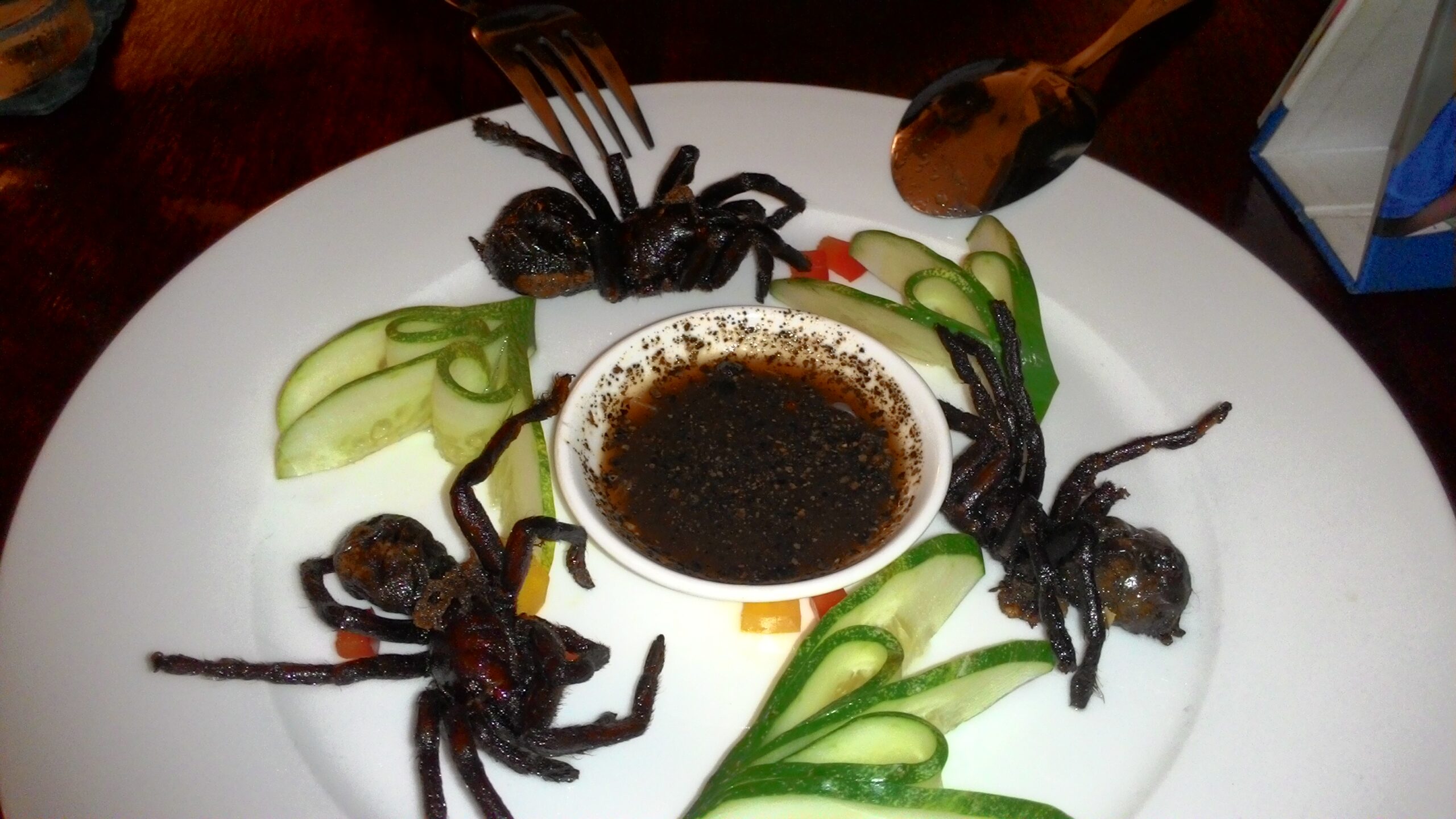
Tiramisu means ‘pick me up’ in Italian, and was used to revitalise brothel clients

The name “Tiramisu” is derived from Italian and translates to “pick me up” or “lift me up.” The origins of the name are linked to the energizing ingredients used in the dessert, particularly coffee and cocoa.
One popular story behind the name “Tiramisu” suggests that it was originally created as a pick-me-up for Venetian brothel clients. The dessert was believed to provide energy and revitalize the patrons. The combination of coffee, which provides a caffeine boost, and rich ingredients like eggs, sugar, mascarpone cheese, and cocoa powder contributes to its uplifting qualities.
Over time, Tiramisu gained popularity outside of brothels and became a widely loved dessert enjoyed by people of all backgrounds. Today, it is a staple in Italian cuisine and a beloved treat around the world.
Fried tarantulas are a popular dessert in Cambodia
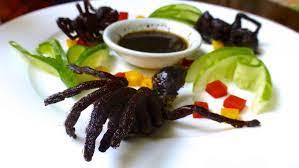
Fried tarantulas are a unique and somewhat adventurous delicacy in Cambodia. While they might seem unusual to many, they hold a special place in Cambodian culinary traditions.
In Cambodia, fried tarantulas, known locally as “a-ping,” are primarily consumed as a snack but sometimes as a dessert after a meal. These arachnids are often found in the country’s rural areas, particularly in the town of Skuon, where they have become a well-known specialty.
The process of preparing fried tarantulas involves a few steps. First, the spiders are captured, typically when they come out of their burrows at night. The legs and fangs are then removed, and the spiders are thoroughly cleaned. Some cooks prefer to marinate them in a mixture of sugar, salt, and garlic for added flavour.
After marination, the tarantulas are deep-fried until they become crispy and golden brown. The high heat of the frying process ensures that the spiders are cooked thoroughly. The result is a crunchy texture on the outside with a somewhat soft and moist interior.
The oldest known dessert was a sweet cake made with honey, nuts and dried fruits
The oldest known dessert recipe that has been discovered so far comes from ancient Mesopotamia, which is present-day Iraq, and dates back to around 1700 BCE. This ancient recipe, written on a tablet, describes a sweet cake made with honey, nuts, and dried fruits. It provides evidence of the early existence of desserts and showcases the ancient Mesopotamians’ fondness for sweet treats. It’s fascinating to see that humans have had a sweet tooth for thousands of years!
The difference between gelato and ice cream is:

Gelato is the Italian word for ice cream, derived from the Latin word “gelātus” (meaning frozen). It is made with more milk than cream and often doesn’t contain any eggs. It generally has a smoother texture.
The word “dessert” originated from the French word “desservir,” which means “to clear the table.”
The term initially referred to the sweet course served at the end of a meal, which was meant to be enjoyed after the main dishes were cleared away. Over time, the term “dessert” became widely used in English and other languages to describe the final course of a meal, typically consisting of sweet treats, fruits, cakes, or pastries.
The largest cheesecake weighed 4,240kg (two and a half cars)
In September 2017, to commemorate the 240th birthday of the city, Cheeseberry Company in the Russian Federation crafted the world’s largest cheesecake. This colossal dessert, standing at 2 feet 9 inches tall and measuring 9 feet 2 inches wide, tipped the scales at a whopping 4,240 kilograms.In September 2017, to commemorate the 240th birthday of the city, Cheeseberry Company in the Russian Federation crafted the world’s largest cheesecake. This colossal dessert, standing at 2 feet 9 inches tall and measuring 9 feet 2 inches wide, tipped the scales at a whopping 4,240 kilograms.

The croissant is not actually French, but Austrian
Croissants are a type of flaky pastry that originated in Austria, not France as is commonly believed. The exact origin of croissants can be traced back to the 13th century, in a time when Vienna was under siege by the Ottoman Empire. The Ottoman Turks used a unique technique of layering dough with butter to create flaky, crescent-shaped pastries. This technique was known as “kifli” in Hungarian or “kipfel” in German.
The croissant, as we know it today, is said to have been introduced to France in the late 17th century. The story goes that Marie Antoinette, the Austrian-born queen of France, introduced the pastry to the French court. The French bakers then adopted and refined the recipe, making it their own.
The French word “croissant” translates to “crescent” in English, referring to the distinctive crescent shape of the pastry. The croissant’s popularity quickly spread throughout France and eventually became synonymous with French cuisine and breakfast culture. French bakers further perfected the technique of creating flaky, buttery layers, resulting in the delicate and delicious croissants we enjoy today.
Fortune Cookies were invented by Japanese immigrants in California

Despite their association with Chinese cuisine, fortune cookies are not originally from China. They were actually invented in early 20th-century California, USA. The exact origins are disputed, but it is believed that Japanese immigrants in California created a variation of a traditional Japanese cracker and added the fortune-telling element to appeal to Western tastes.
Baked Alaska symbolises the union between icy Alaska and hot America
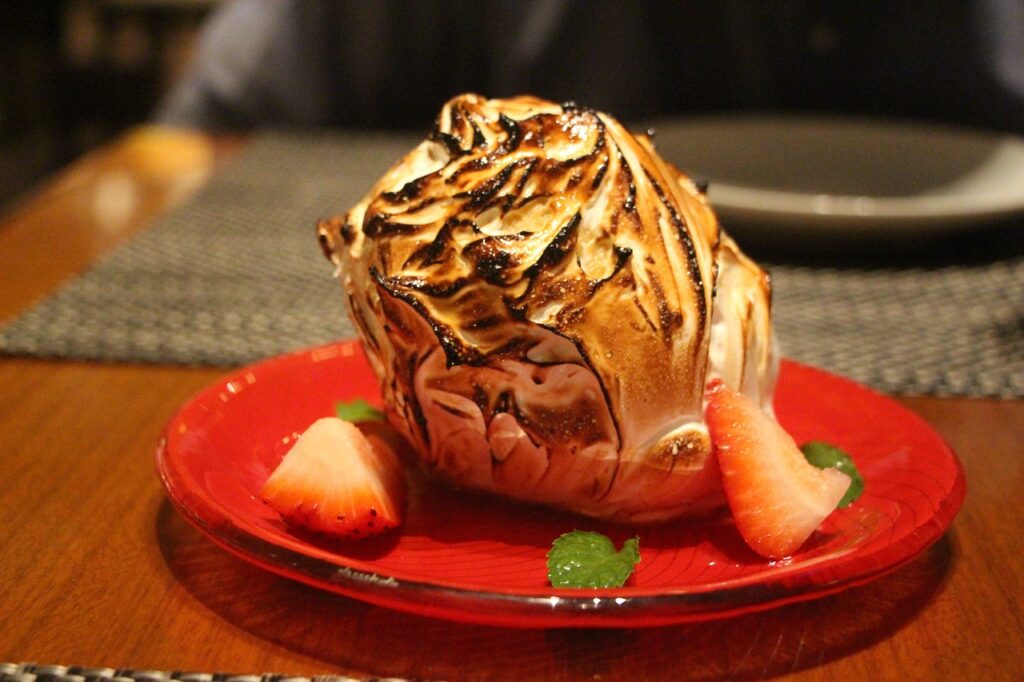
The creation of Baked Alaska, a dessert consisting of ice cream encased in meringue and briefly baked, is often attributed to the chef of New York’s Delmonico’s restaurant, Charles Ranhofer. It is said that the dessert was created to commemorate the acquisition of Alaska by the United States in 1867, with the contrasting elements symbolizing the cold ice cream and the fiery oven.
The most popular dessert in India is made from carrots flavoured with cardamom and saffron

Gajar ka Halwa, a renowned Indian dessert, is a staple in households across the country, particularly during winter and festive seasons. This delightful treat is crafted from grated carrots, milk, sugar, Khoya, an array of nuts, and aromatic spices such as cardamom and saffron. Beloved for its luscious creaminess and delectable taste, it has become a cherished favorite.
The best rated dessert in the world is Tinginys (or ‘lazy cake’)
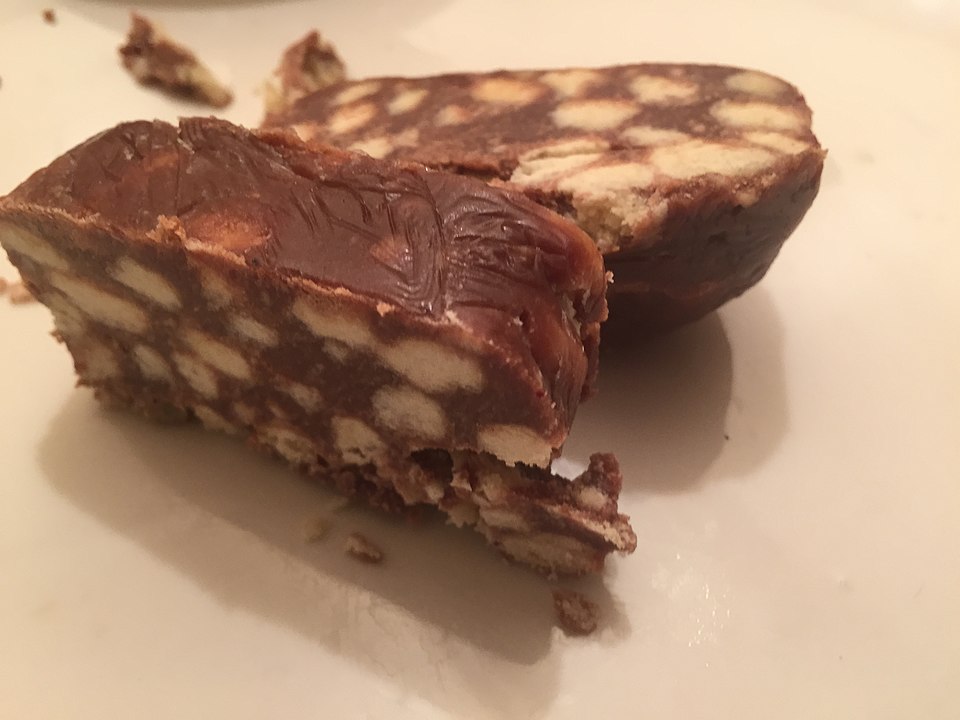
According to Taste Atlas, the best rated dessert in the world is Tinginys.
Tinginys is a traditional Lithuanian dessert that is often referred to as “Lazy Cake” or “Chocolate Sausage.” It is a no-bake dessert that is simple to make and enjoyed for its rich, chocolatey flavor. The name “Tinginys” translates to “lazy” in Lithuanian, indicating its easy preparation.
The main ingredients of Tinginys include crushed biscuits (typically butter or tea biscuits), sweetened condensed milk, cocoa powder, and butter. Additional ingredients such as chopped nuts, dried fruits, or rum can be added for extra flavor and texture.
To make Tinginys, the biscuits are crushed into small pieces and mixed with cocoa powder. Then, sweetened condensed milk is added, creating a sticky mixture. Finally, melted butter is incorporated to bind the ingredients together. The mixture is then shaped into a log or sausage-like form and chilled in the refrigerator until firm.
Once set, Tinginys is typically sliced into rounds or rectangles before serving. The resulting slices have a fudgy and slightly crumbly texture with a rich chocolate taste. Tinginys is often enjoyed as a sweet treat with a cup of tea or coffee, and it is a popular dessert during festive occasions or family gatherings in Lithuania.
Haggis Ice Cream
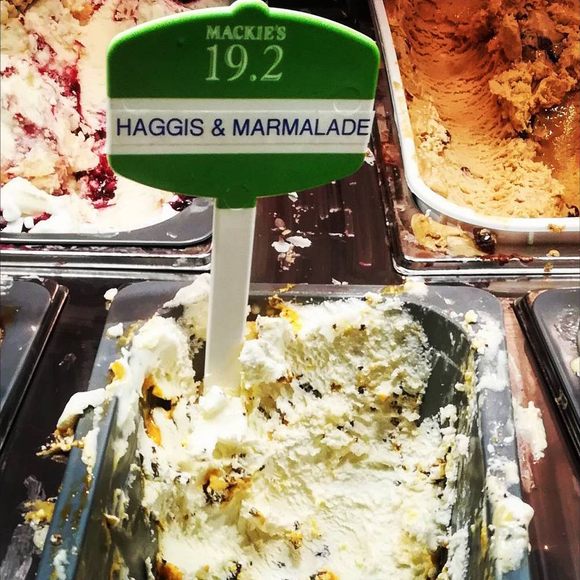
Haggis ice cream is an unconventional and intriguing culinary creation that combines the traditional Scottish dish of haggis with the frozen delight of ice cream. This unusual flavour pairing may seem surprising to many, but it has garnered attention and curiosity among adventurous food enthusiasts. Haggis, a savoury mixture of sheep’s heart, liver, and lungs mixed with oats and spices, is typically encased in a sheep’s stomach and cooked. When transformed into ice cream, the flavours of haggis take on a unique twist. The result is a creamy frozen treat with hints of rich, earthy flavours and a slight savoury undertone.
At 3,845 calories, ‘Roman Empire: Coco Gelato’ is the most calorific dessert in the world

Dubbed as Britain’s most indulgent dessert, ‘The Roman Empire’ is a colossal creation that boasts a staggering 18 scoops of homemade gelato, with an impressive selection of over 52 flavours to choose from. Perched atop a foundation of four hot and crispy waffles, this sweet masterpiece is lavishly adorned with an assortment of chocolate bars, luscious syrups, delectable sauces, fresh fruit, and hefty chunks of chocolate fudge brownie.
Proudly displaying a calorie count of 3,845, this sugar-laden marvel comes with a price tag of £32.95. Every time an order for this extravagant treat arrives, the team behind its creation experiences a mix of overwhelming excitement and anticipation. They collaborate to produce something truly extraordinary, ensuring that ‘The Roman Empire’ dessert looks as amazing as it tastes.
According to Mandeep, the dessert’s creator, not a single group of customers has left disappointed after indulging in this colossal delight. Originally, the idea was to construct a waffle replica of the Roman Colosseum and fill its center with gelato. However, despite numerous attempts, the ambitious structure proved to be a challenge, leading to the creation of this grand and decadent dessert that continues to captivate dessert enthusiasts with its sheer size and indulgence.
Think you’re full? Try ‘Le Trou Normand’

Known as “the Normand hole” in English, Le Trou Normand is a delightful tradition that is often incorporated between courses during a grand and extensive banquet-style meal. Le Trou Normand serves two purposes: to cleanse the palate from the previous courses, and to create more space for the forthcoming culinary delights.
This ingenious palate-cleansing ritual involves the combination of a generous tablespoonful of young or un-aged Calvados, a traditional apple brandy from Normandy, with a small scoop of light apple or pear sorbet. This refreshes your mouth, preparing it for the next gastronomic experience.
In addition to the palate-cleansing effect, the consumption of the 40-percent alcohol in the Calvados serves another purpose. As it finds its way into your stomach, it simultaneously increases your heart rate and accelerates your digestive system, creating the illusion of additional space for more delectable dishes to come.
The combination of the refreshing sorbet and the invigorating Calvados creates a unique sensory experience, ensuring that each subsequent course is savoured with renewed enthusiasm. Le Trou Normand embodies the art of dining in France, where every element, even the interludes, is carefully crafted to enhance the overall enjoyment and indulgence of a grand feast.






